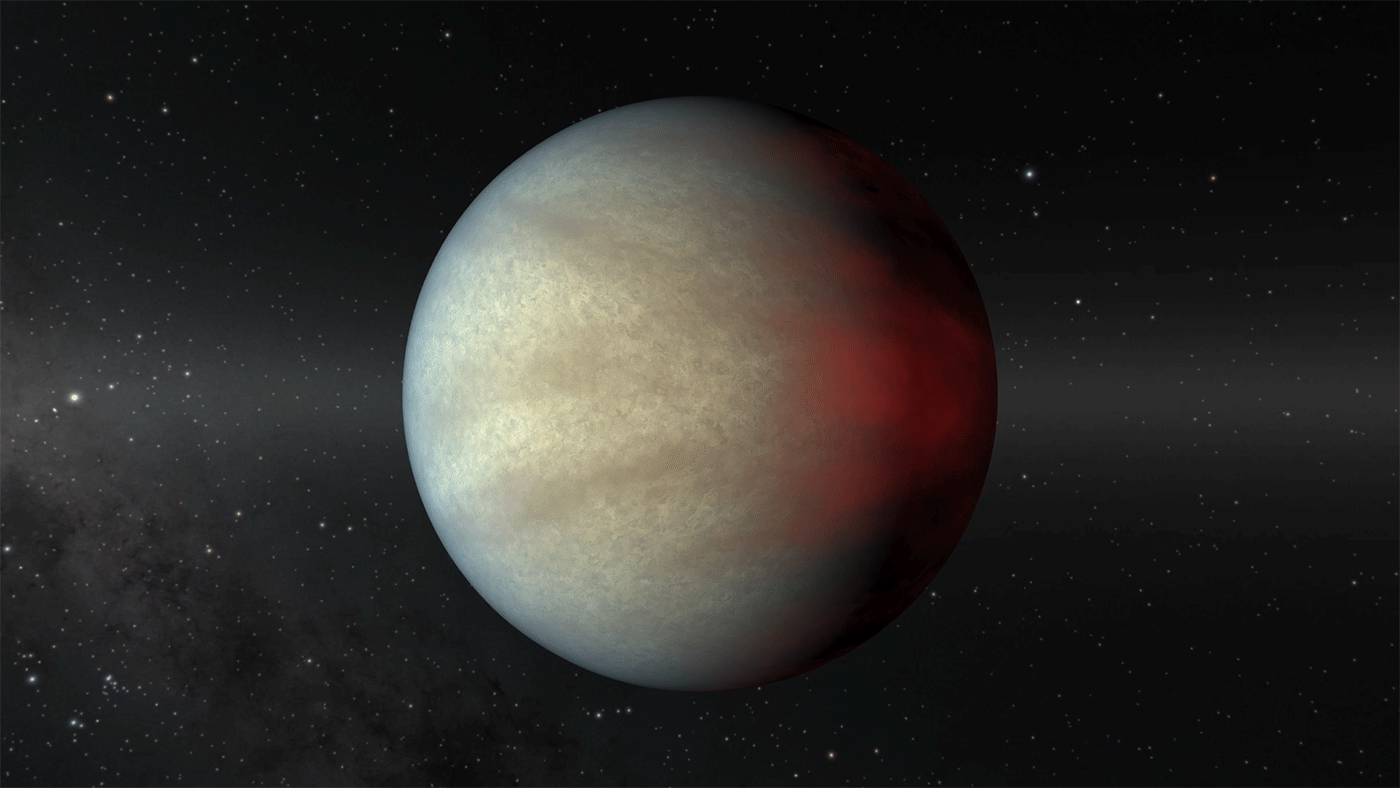
A young exoplanet the size of a Jupiter named HIP 67522 b was detected which is supposed to be the youngest hot Jupiter found so far. The planet takes around seven days to orbit its star which is equivalent to a mass of the sun. The star, around which it orbits, is a well-studied 17 million years old, meaning the hot Jupiter is likely only a few million years younger. The planet located just 490 light-years from earth is about 10 times the diameter of the earth, nearly same as solar system’s Jupiter. The size indicates it is a gas-dominated planet.
HIP 67522 b was identified by NASA’s Transiting Exoplanet Survey Satellite (TESS), which detects planets via transit method. Scientists note the dips in brightness of a star periodically that indicates that a planet is orbiting. However, young stars tend to have a lot of dark splotches on their surfaces that can look similar to transiting planets. To avoid any discrepancy, data from the now retired Spitzer Space Telescope was taken.
Aaron Rizzuto, an exoplanets scientist at the University of Texas, said, “We will never know how unique or how common our solar system is unless we’re out there looking for the exoplanets. Exoplanets scientists are finding out how our solar system fits in the bigger picture of planet formation in the universe.”
It is being theorized about how hot Jupiters get close to their parent stars. One of the theories is that it just forms there and stays put. However, this could not be the case considering that the intense environment would vapourize most materials and disperses any newly formed planet. The other two theories consider this as the premise – a core could form if the planet forms past the snow line where frozen materials to cling like a growing snowball.
The fact that HIP 67522 b is already so close to its star and so early after its formation indicates that the hypothesis of hot Jupiter moving near to its star when the gravity of other planets around the star can drive the migration, doesn’t apply in this case.




